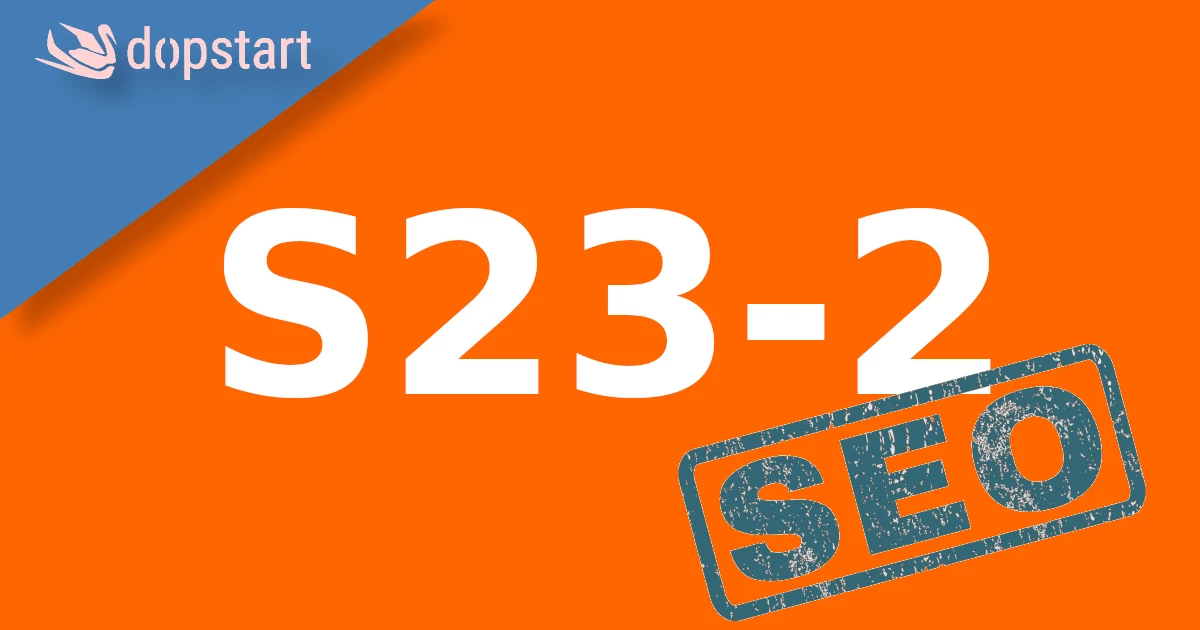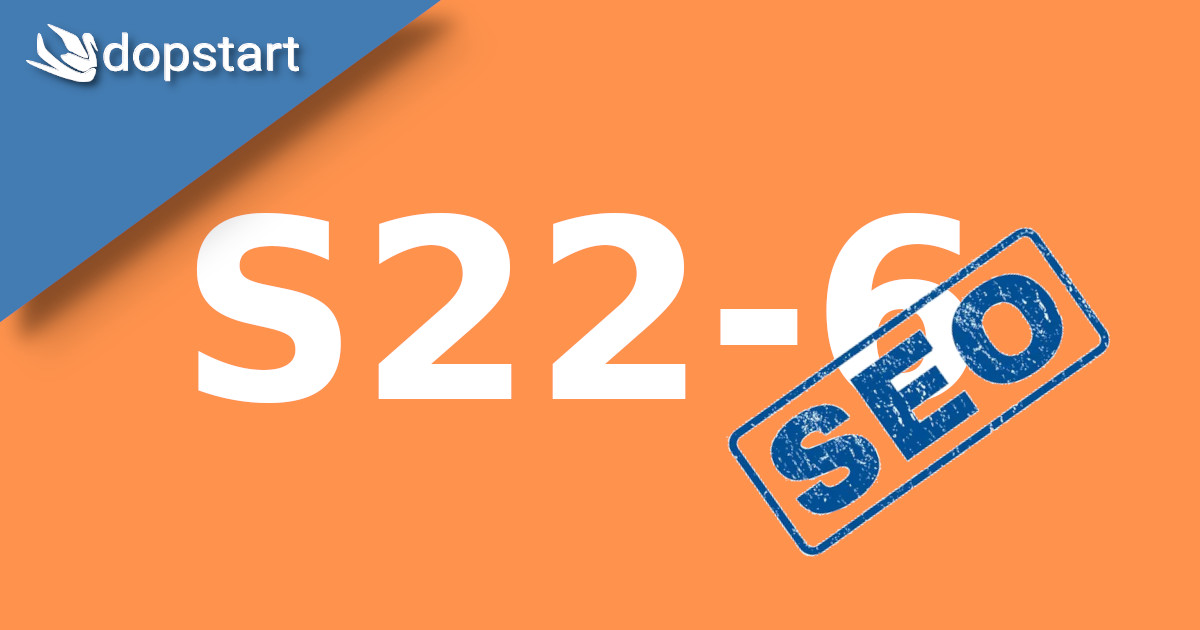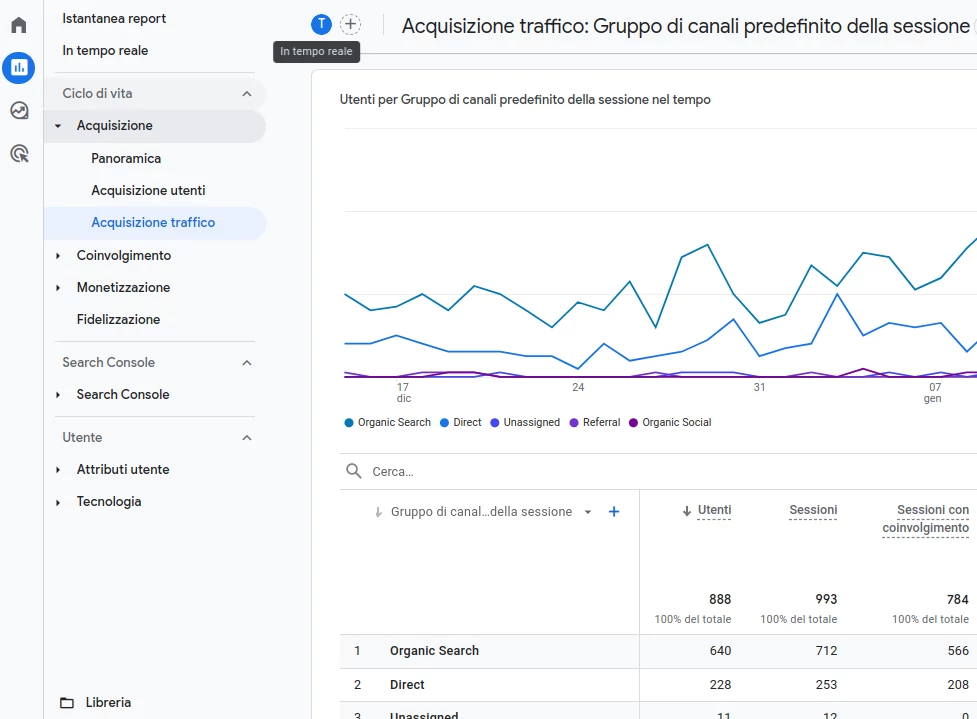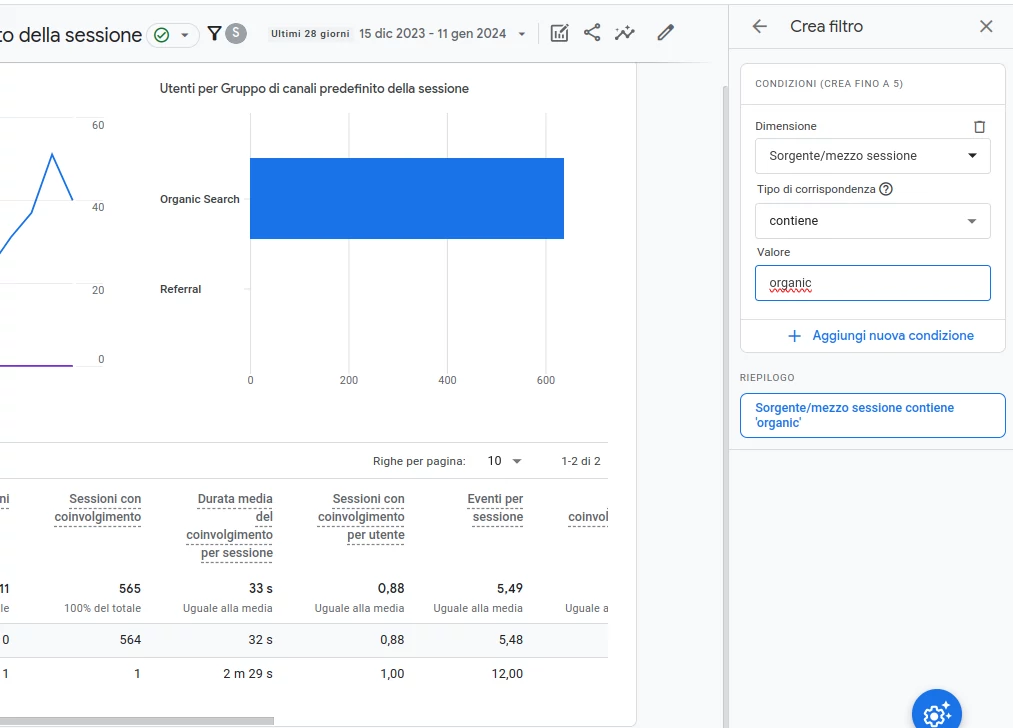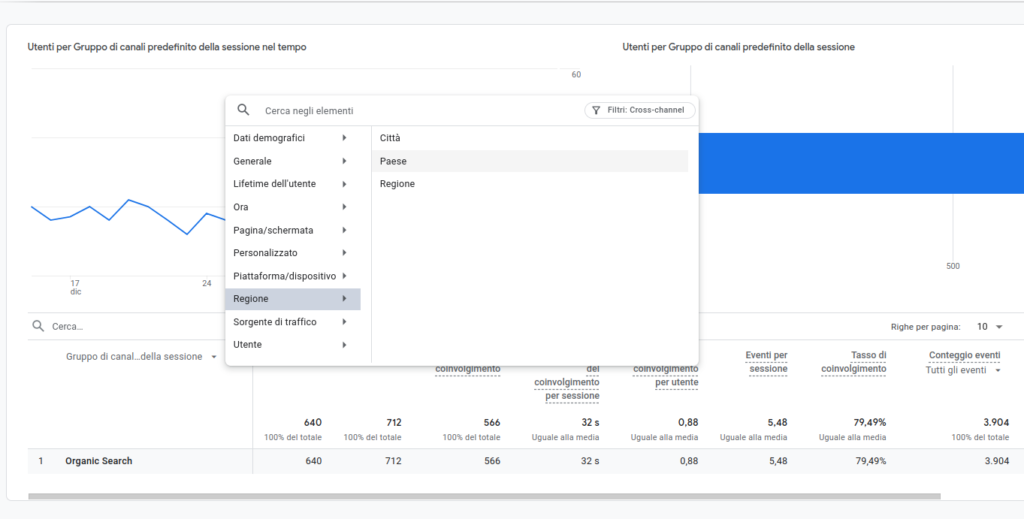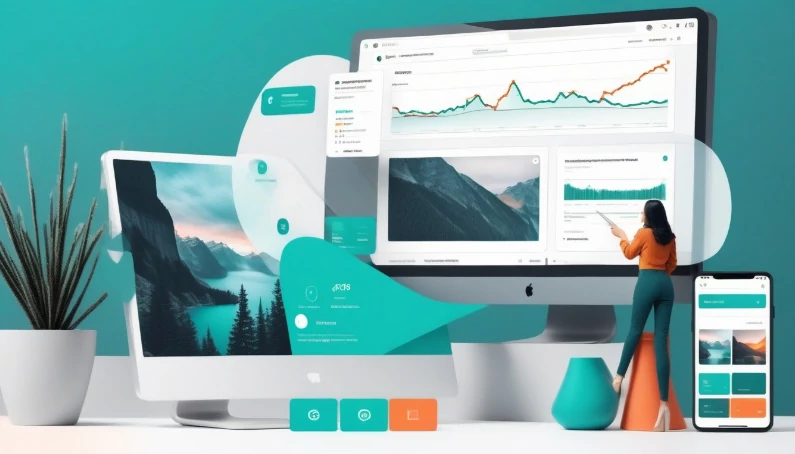The tech giant, along with others like Amazon and Meta, cuts workforce amid slowing business forecasts over the past year
Google has laid off hundreds of employees working on its hardware, voice support and engineering teams as part of cost-cutting measures.
The plaintiffs say leaving Google with an “uncontrolled treasure trove of information” has learned what they search for online. Google agrees to settle $5 billion lawsuit that alleges it secretly tracked users. The cuts come as Google looks toward “responsibly investing in our company’s most important priorities and significant future opportunities,” the company said in a statement.
“Some teams are continuing to make these types of organizational changes, which include eliminating some roles globally,” he said.
Previously, Google said it was eliminating a few hundred roles in its engineering, hardware and virtual assistant teams, though most of the impacts hit the company’s augmented reality hardware division. The cuts follow pledges from executives at Google and its parent company, Alphabet, to cut costs. A year ago, Google announced it would lay off 12,000 employees, about 6% of its workforce.
On the day news of the cuts emerged, Google announced it would deprecate 17 “under-used” Google Assistant features, including playing audiobooks, sending emails, or starting a meditation session with Calm via voice command.
In a post on X, formerly known as Twitter, the Alphabet Workers Union described the layoffs as “another round of unnecessary layoffs.”
“Our members and teammates work hard every day to build great products for our users, and the company cannot continue to fire our colleagues while making billions every quarter,” the union wrote. “We will not stop fighting until our jobs are safe!”
Google experienced record growth in the early days of the coronavirus pandemic, but has had to adjust forecasts for its business as that expansion has slowed over the past year.
It’s not the only tech company in this situation. Meta, the parent company of Facebook, Instagram and WhatsApp, has cut more than 20,000 jobs. Spotify announced in December that it was cutting 17% of its global workforce, the third round of layoffs in 2023 as it seeks to cut costs and improve its profitability.
Earlier this week, Amazon laid off hundreds of employees across its Prime Video and studio units. It will also lay off around 500 employees working on the live streaming platform Twitch. Amazon has cut thousands of jobs after a hiring frenzy during the pandemic. In March, the company announced plans to lay off 9,000 employees, in addition to the 18,000 announced in January 2023.
Currently, Google is engaged in a fierce rivalry with Microsoft, as both companies seek to lead in the artificial intelligence sector. The office software company has been beefing up its artificial intelligence offerings to compete with Google. In September, Microsoft introduced a Copilot feature that embeds artificial intelligence into products like the Bing search engine, Edge browser and Windows for its enterprise customers.




